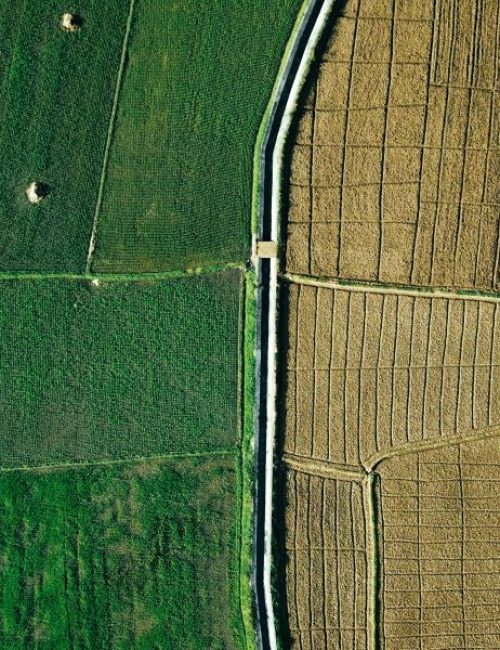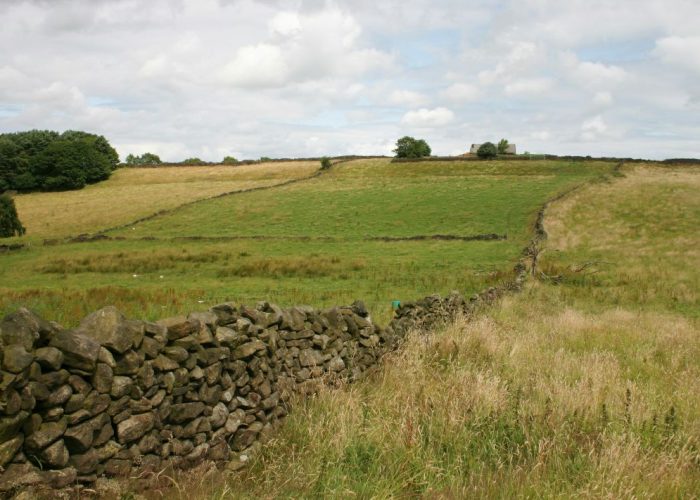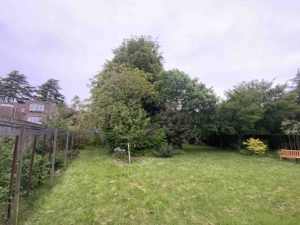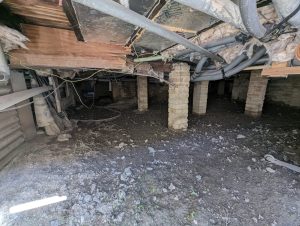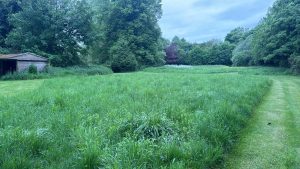BOTANICAL SURVEYS
Accurate botanical evidence that protects your BNG baseline, prevents rework and keeps planning predictable across the UK.
Do you need a botanical survey?
If your project involves grassland, wetland or species-rich vegetation, a botanical survey may be required.
Planners depend on this evidence to confirm habitat condition, and those results directly shape your BNG scores, uplift targets and mitigation design.
Handled early, botanical clarity stabilises your baseline, keeps BNG calculations defensible and prevents growing-season slippage.
Most developers tell us this single survey removed weeks of uncertainty.
What is a botanical survey?
A botanical survey records plant species, habitat structure and ecological condition.
This data determines:
- how your habitat is classified under UKHab or NVC
- whether it qualifies as priority habitat
- your BNG baseline units and uplift obligations
- the level of scrutiny your application receives
Our botanists record data objectively and score it proportionately, aligning findings with design intent.
Trigger points — signs you need a botanical survey
These indicators suggest your site might require more than a basic walkover and may attract LPA scrutiny:
- grassland or meadow of uncertain quality
- wet or marshy patches, reedbeds or flushes
- brownfield or mosaic vegetation
- species-rich field margins or older pasture
- habitats linked directly to your BNG baseline
- PEA recommendations citing moderate or high botanical value
If condition or distinctiveness is unclear, planners often pause validation until formal evidence is supplied.
Early instruction keeps your submission moving.
What We Deliver
We keep guidance clear and planning-ready — supporting predictable project delivery.
| Service Component | Purpose | Outcome |
|---|---|---|
| Species Survey | Identify flora accurately | Reliable botanical dataset |
| Habitat Classification (UKHab/NVC) | Confirm habitat type | Solid foundation for BNG and planning |
| Condition Scoring | Determine habitat quality | Metric-ready, defensible data |
| Habitat Mapping | Delineate parcels and features | Evidence planners can trust |
| Distinctiveness Assessment | Evaluate ecological importance | Clear uplift implications |
| BNG Integration | Align data with uplift targets | Predictable BNG outcomes |
| Practical Recommendations | Guide design and mitigation | Realistic, buildable actions |
| Reporting | Deliver concise findings | Planning-ready documentation |
How it Works
Our process is designed to remove friction and keep decisions moving.

Scope & Site Review
We review your boundary, proposals and planning position so you know exactly what evidence is needed.

Field Survey
Species-level sampling during the growing season using consistent national methods.

Reporting
Straightforward classification, condition scoring and next steps — ready for planners and BNG submission.
Timing & Survey Windows
Early instruction secures the survey window and keeps ecology off the critical path.
That’s how project control is maintained.
Botanical Surveys
Main season May to September (Condition scoring Best in growing season)
PEA
Year-round
BNG integration
Year-round
Why planning officers request PEAs
Local planning authorities apply duties under the Environment Act 2021, NERC Act 2006 (S41) and NPPF Section 15 to protect and enhance biodiversity.
Accurate botanical evidence allows them to verify that your proposed development delivers measurable uplift.
Missing or weak data often leads to:
- BNG recalculations and re-surveys
- contested habitat classifications
- redesigns to achieve 10 percent net gain
- seasonal delays until vegetation can be reassessed
A clear botanical record keeps planning validation clean and avoids seasonal rollover.
Act early and your evidence works for you, not against you.
Our Approach
ProHort integrates botanical work directly with planning and BNG delivery.
Surveys follow CIEEM guidance and DEFRA Metric 4.0 requirements, producing consistent, defensible evidence nationwide.
Each ProHort survey includes:
- species identification by qualified botanists
- habitat classification and condition scoring
- habitat mapping with ecological context
- concise recommendations for planning and design
It’s the difference between evidence planners can rely on and data they question.
How this supports your project
A well-timed Botanical Survey:
- confirms habitat condition and distinctiveness before design lock-in
- prevents reclassification or uplift disputes
- delivers metric-ready data for BNG submission
- aligns with DEFRA, NPPF and local plan requirements
- integrates smoothly with wider ecological reporting
Clear data supports predictable progress.
Case Insight
Your Next Step
Get the ecological clarity that keeps your design on track.
Phone: 0800 494 7479
Email: [email protected]
Botanical Survey FAQ - Planning and Programme Clarity
Do we need a botanical survey for BNG?
If habitat condition is uncertain, yes. Without it, planners may question the baseline and request new evidence.
Can botanical surveys be done outside the growing season?
Not reliably. Off-season data is often rejected under local validation standards.
What if the site was recently mown?
We assess regrowth and remaining indicators. Some sites need short recovery before accurate scoring
Does this affect planning timelines?
Yes, if left late. Missing the season can push BNG validation into the next year.
Is NVC required?
Only for complex or high-value habitats. UKHab classification is usually sufficient.
Can this be combined with a PEA?
Yes. Combining reduces site visits and keeps ecology aligned with programme timing.
Will results affect our BNG uplift?
They can. Priority or high-condition habitats increase uplift obligations. We clarify implications immediately.
How fast can you deliver the report?
Usually within one week of fieldwork, faster where programmes demand it.
Who carries out the survey?
Qualified ecologists with botanical expertise under CIEEM guidance and DEFRA standards.
What information do you need to quote?
A site boundary, proposed works and any existing ecology reports. We’ll confirm timing and deliverables the same day.

